10 Ways to Cut Down on Your Home Electric Bill in Winter
As winter settles in, the warmth and comfort of our homes becomes more important. However, the joy of a cozy home often comes at a cost – a spike in your electric bill. The winter season demands more energy to keep our homes warm and well-lit, but that doesn't mean you must break the bank to stay comfortable.
Let’s look at our top ten ways to cut down on your home electric bill in winter, ranging from simple changes to more substantial investments in energy-efficient technology.
#1 Weatherization and Insulation

Photo by @ Meg | Green With Decor, home decor + diy blogger
Importance of Proper Insulation
Proper insulation is the foundation of an energy-efficient home. When your home is inadequately insulated, it can lose significant heat, leading to increased energy consumption and higher bills. Insulation is a barrier that keeps the warm air in and the cold air out. It's like wrapping your home in a cozy blanket.
When your home is well-insulated, you'll notice a more consistent indoor temperature, reduced drafts, and a substantial reduction in heating costs. Insulation is an investment that pays for itself in the long run by keeping your home comfortable while cutting down on energy expenses.
Tips for Weatherizing Windows and Doors
Windows and doors are common culprits for heat loss during the winter months. Gaps and leaks around these areas can let in cold drafts, making your heating system work harder to maintain a comfortable temperature. To address this, consider:
Caulking and Weatherstripping: Seal gaps and cracks around windows and doors using caulk and weatherstripping. This simple step can prevent cold air from seeping into your home.
Double-Glazed Windows: If your budget allows, invest in double-glazed windows. These windows have two panes of glass with a layer of gas in between, providing excellent insulation.
How to Address Drafts and Leaks
Identifying and addressing drafts and leaks is crucial for a well-insulated home. Here are some common sources of drafts and how to fix them:
Attic Gaps: Check for gaps or openings in your attic and seal them with insulation or foam board.
Chimney Drafts: Ensure your chimney is properly sealed and the flue is closed when not in use.
Basement Leaks: Inspect your basement for any cracks or gaps and seal them to prevent cold air infiltration.
Addressing these areas can significantly improve your home's insulation, leading to a more comfortable and energy-efficient living space.
#2 Energy-Efficient Window Coverings

Photo by @ Marissa Cal Home
Using Curtains and Blinds to Regulate Temperature
Window coverings can play a significant role in regulating the temperature within your home. Curtains and blinds can act as insulators, preventing heat loss through windows during the winter. Here's how to use them effectively:
Thermal Curtains: Consider investing in thermal curtains or drapes, which are designed to insulate windows and keep cold air out.
Blinds: Install blinds that can be adjusted to control the amount of sunlight and heat entering your home.
Selecting the Right Window Coverings for Insulation
Not all window coverings provide the same amount of insulation. Look for window treatments that provide effective insulation, such as:
Honeycomb Shades: These shades have a unique honeycomb design that traps air, providing insulation and preventing heat loss.
Heavy Drapes: Thick, heavy drapes with a thermal lining are effective at insulating windows.
DIY Solutions for Enhancing Window Insulation
If you're looking for budget-friendly ways to enhance window insulation, consider these DIY solutions:
Window Insulation Film: Apply window insulation film to create an additional layer of insulation. These films are transparent and can be easily installed with a hairdryer.
Draft Stoppers: Place draft stoppers along the bottom of doors and windows to prevent cold air from entering.
By using window coverings strategically and enhancing window insulation, you can reduce heat loss and improve the energy efficiency of your home during the winter.
#3 Insulate Your Roof
While insulating walls and windows is crucial for retaining heat, don't overlook the importance of insulating your roof. A well-insulated roof can significantly reduce heat loss through the attic, keeping your home warmer and more energy-efficient during the winter.

Photo by @ The Buckingham Group
Types of roof insulation
There are various types of roof insulation, including fiberglass batts, blown-in insulation, and spray foam insulation. The choice of insulation material may depend on your roof's structure and your budget.
Benefits of roof insulation
Improved energy efficiency: Roof insulation helps maintain a consistent temperature in your home by preventing warm air from escaping through the attic in winter.
Reduced heating costs: With proper roof insulation, your heating system doesn't need to work as hard to maintain a comfortable indoor temperature, resulting in lower energy bills.
Prevention of ice dams: Insulating your roof can help prevent the formation of ice dams on your roof's edges, which can lead to water damage and heat loss.
Professional installation: While some homeowners may choose to insulate their roofs themselves, it's often best to hire a professional insulation contractor. They can assess your roof's specific needs, recommend the right insulation materials, and ensure proper installation to maximize energy savings.
Consider the attic: Insulating the attic floor as well as the underside of the roof can provide added insulation benefits. This approach creates a sealed and insulated space, further reducing heat loss.
Properly insulating your roof creates a more energy-efficient home that retains heat more effectively, reducing the strain on your heating system and lowering your winter electric bills. It's an investment in both comfort and long-term energy savings.
#4 Energy-Efficient Lighting

Photo by @ Eartheasy
Transitioning to LED or CFL Bulbs
Traditional incandescent bulbs consume a significant amount of energy and generate heat. By replacing them with energy-efficient LED or CFL (compact fluorescent lamp) bulbs, you can reduce both your lighting costs and your home's overall heat load. Here's why:
Energy Savings: LED and CFL bulbs use significantly less electricity to produce the same amount of light as incandescents. They are more efficient and have a longer lifespan.
Cooler Lighting: Unlike incandescent bulbs, LED and CFL bulbs emit very little heat, which is especially advantageous during the winter when you want to minimize heat loss.
Importance of Turning Off Lights When Not in Use
One of the simplest ways to reduce your electric bill is to develop the habit of turning off lights when you leave a room. While this may seem minor, the cumulative energy savings can be substantial over time. Consider implementing the following practices:
Install Motion Sensors: In high-traffic areas, install motion sensors that automatically turn lights on and off as needed. This can be particularly useful in hallways, closets, and bathrooms.
Use Timers: Set timers for lights in rooms where you tend to forget to turn them off, such as children's rooms or home offices.
Utilizing Natural Light During Daylight Hours
Maximizing natural light during daylight hours reduces your reliance on artificial lighting and provides other benefits, such as improving mood and reducing eyestrain. Here's how to make the most of natural light:
Open Curtains and Blinds: During the day, open curtains and blinds to let in as much natural light as possible. South-facing windows tend to receive the most sunlight.
Use Reflective Surfaces: Strategically place mirrors or reflective surfaces to bounce natural light into your home.
By making these lighting changes, you'll not only reduce your electric bill but also create a more pleasant and energy-efficient living environment.
#5 Smart Appliance Usage

Photo by @ Family Handyman
Selecting Energy-Efficient Appliances
When it comes to household appliances, not all are created equal in terms of energy efficiency. When shopping for new appliances, look for the ENERGY STAR label, which indicates that the appliance meets energy efficiency standards set by the U.S. Environmental Protection Agency (EPA). ENERGY STAR appliances can use up to 50% less energy than their non-certified counterparts.
Tips for Using Appliances More Efficiently
Regardless of the appliances you have, there are ways to use them more efficiently to save on energy costs:
Refrigerator and Freezer: Keep the refrigerator and freezer doors closed as much as possible and maintain proper temperature settings. Clean the condenser coils regularly to ensure efficient operation.
Washer and Dryer: Wash full loads of laundry in cold water whenever possible and clean the lint filter in your dryer after each use to improve airflow and reduce drying time.
Dishwasher: Only run the dishwasher when you have a full load and use the energy-saving mode if your dishwasher has one.
Unplugging Devices When Not in Use
Many devices and appliances continue to consume energy even when they are turned off but remain plugged in. This phenomenon is often called "phantom energy" or "vampire power." To combat this, consider the following:
Use Power Strips: Plug multiple devices into a power strip and turn off the power strip when you're not using the devices. This ensures that they are completely disconnected from the power source.
Unplug Chargers: Unplug chargers for phones, laptops, and other devices when they are not actively charging. Chargers can draw power even when no device is connected.
By being mindful of how you use and manage your appliances, you can make a significant dent in your energy consumption and reduce your monthly electric bill.
#6 Efficient Heating Practices

Photo by @ Moss and Fog
Setting the Thermostat at an Optimal Temperature
Finding the right thermostat setting is crucial for balancing comfort and energy savings during the winter. While it may be tempting to crank up the heat on particularly chilly days, setting your thermostat too high can result in unnecessarily high energy bills. Consider the following tips:
Daytime Settings: Aim for a daytime temperature setting that is comfortable but not excessive. Around 68-72°F (20-22°C) is generally recommended.
Nighttime Settings: Lower the thermostat at night or when you're away from home. A cooler nighttime temperature can promote better sleep and save on heating costs.
Proper Use of Space Heaters
Space heaters can efficiently heat specific areas of your home without having to warm the entire space. However, to use them effectively, keep these guidelines in mind:
Choose Energy-Efficient Models: Select energy-efficient space heaters with features like adjustable thermostats and timers.
Use Them Sparingly: Only use space heaters in rooms that are occupied, and turn them off when you leave the room.
Utilizing Programmable Thermostats
Programmable thermostats are a valuable tool for optimizing your heating system's efficiency. They allow you to set different temperature schedules throughout the day, ensuring that your home is heated when you need it and conserving energy when you don't. Here's how to make the most of them:
Set a Daily Schedule: Program your thermostat to adjust the temperature based on your daily routine automatically. For example, you can lower the temperature when you're at work and raise it before you return home.
Take Advantage of Zoning: If your home has multiple heating zones, use programmable thermostats to control each zone independently, focusing on the areas where you spend the most time.
Incorporating Electric Blankets and Heating Pads for Targeted Warmth
Electric blankets and heating pads can provide targeted warmth, allowing you to keep the thermostat lower while staying comfortably warm in bed or on the couch. These energy-efficient products can help you reduce heating costs without sacrificing comfort.
Our exclusive and high-quality range of electric blankets and heating pads are guaranteed to bring you warmth and joy through the winter season. Plus, we save on your winter bill as using our products for 10 hours only consumes just 1 kilowatt-hour (kWh) of electricity.
#7 Regular HVAC Maintenance

Photo by @Hammer & a Headband | Mid-Century Modern Home & Garden Ideas
Importance of Regular Maintenance for Heating Systems
Your heating system plays a central role in keeping your home warm during the winter months. Regular maintenance ensures that your system operates efficiently and extends its lifespan. Here's why HVAC maintenance is essential:
Efficiency: A well-maintained heating system operates more efficiently, which means it uses less energy to produce the same amount of heat.
Reliability: Regular maintenance helps identify and address potential issues before they become major problems, reducing the risk of breakdowns during the coldest days of winter.
Tips for DIY HVAC Maintenance
While some aspects of HVAC maintenance require the expertise of a professional technician, there are several tasks you can perform yourself to keep your heating system in good shape:
Change Air Filters: Regularly replace or clean the air filters in your HVAC system to ensure proper airflow and efficient operation.
Clean Vents and Ducts: Vacuum and clean vents and ducts to remove dust and debris that can impede airflow.
Check for Leaks: Inspect the ductwork for any visible leaks or damage and seal them as needed.
Hiring Professionals for Seasonal Check-ups
In addition to your own DIY maintenance efforts, it's advisable to schedule professional HVAC inspections and servicing at least once a year, ideally before the winter season begins. HVAC professionals can:
Check for Gas Leaks: Ensure that there are no gas leaks in your heating system, which can be hazardous.
Calibrate Thermostats: Ensure that your thermostats are accurately calibrated to maintain the desired temperature.
Inspect and Clean Burners: Clean and inspect the burners to ensure efficient fuel combustion.
By keeping your heating system well-maintained, you not only reduce energy consumption but also ensure a warm and comfortable home throughout the winter.
#8 Energy Audit and Monitoring

Photo by @ Cielo WiGle Inc.
Conducting a Home Energy Audit
A home energy audit comprehensively assesses your home's energy consumption. During an audit, professionals examine your home's insulation, heating and cooling systems, lighting, and appliances to identify areas for improvement. You can also perform a DIY energy audit using online resources and tools.
Using Smart Home Technology for Energy Monitoring
Smart home technology has revolutionized the way we manage energy consumption. Smart thermostats, energy monitors, and smartphone apps allow you to monitor and control your energy usage in real-time. They provide insights into when and where you use the most energy, helping you make informed decisions.
Analyzing Energy Usage Patterns to Identify Areas for Improvement
Once you have data on your energy consumption, take the time to analyze it. Look for patterns and trends in your usage to identify areas where you can make changes. This data-driven approach can help you pinpoint the most significant energy-saving opportunities.
#9 Lifestyle Changes for Energy Savings

Photo by @ Lifehacker
Encouraging Energy-Conscious Habits Among Household Members
Creating a culture of energy-consciousness within your household can lead to lasting savings. Educate your family members about the importance of energy conservation and encourage simple habits like turning off lights, using appliances mindfully, and closing doors to keep the heat in.
The Role of Personal Behavior in Reducing Energy Consumption
It's essential to recognize the role of personal behavior in energy consumption. For instance, washing clothes in cold water instead of hot, taking shorter showers, and using the dishwasher efficiently can all contribute to lower energy bills.
Creating a Sustainable and Energy-Efficient Home Environment
Consider making sustainable choices that benefit both your wallet and the environment. Invest in reusable and energy-efficient products, such as reusable shopping bags, LED bulbs, and energy-efficient appliances. Over time, these choices can add up to significant savings.
#10 Utilizing Solar Energy

Installing Solar Panels for Renewable Energy
Harnessing the sun's power is a long-term investment that can drastically reduce your reliance on the grid. Solar panels convert sunlight into electricity, providing a clean and renewable energy source. While the initial cost of installation may be substantial, government incentives and tax credits can help offset expenses.
Taking Advantage of Natural Sunlight to Reduce Electric Lighting Needs
Solar energy isn't limited to photovoltaic panels; it also includes passive solar design. Orienting your home to maximize natural light and heat gain during the day can reduce your reliance on electric lighting and heating.
Government Incentives and Programs for Solar Energy Adoption
Governments at various levels often offer incentives and programs to encourage the adoption of solar energy. These incentives can include tax credits, rebates, and net metering programs that allow you to sell excess energy back to the grid. Research the incentives available in your area to determine the financial benefits of going solar.
Conclusion
In conclusion, there are numerous strategies you can implement to cut down on your home's electric bill during the winter months while maintaining a warm and comfortable living space. By prioritizing proper insulation, efficient heating practices, energy-efficient lighting, and smart appliance usage, you can significantly reduce your energy consumption. Additionally, sealing air leaks, performing regular HVAC maintenance, and utilizing energy-efficient window coverings will further enhance your home's energy efficiency.
Taking a data-driven approach by conducting a home energy audit and using smart home technology for monitoring can help you identify specific areas for improvement. Moreover, fostering energy-conscious habits among household members and making sustainable choices contribute to long-term energy savings and a greener lifestyle.
Finally, consider solar energy if you want to make a substantial and environmentally friendly investment. Installing solar panels reduces your reliance on the grid and offers the potential for significant savings in the long run, thanks to government incentives and programs.
By implementing these ten comprehensive strategies, you can reduce your home electric bill and contribute to a more sustainable and eco-friendly future. With the right approach and a commitment to energy conservation, you can enjoy a warm and cozy home without the financial burden of soaring winter energy costs. Start your journey toward a more energy-efficient home today!
*Some Graphic source network, copyright belongs to the original author, if there is infringement to inform the remedy.




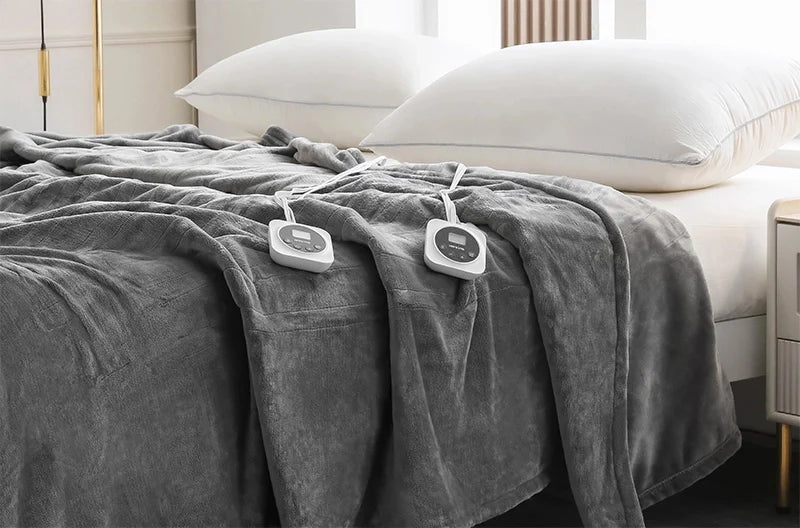
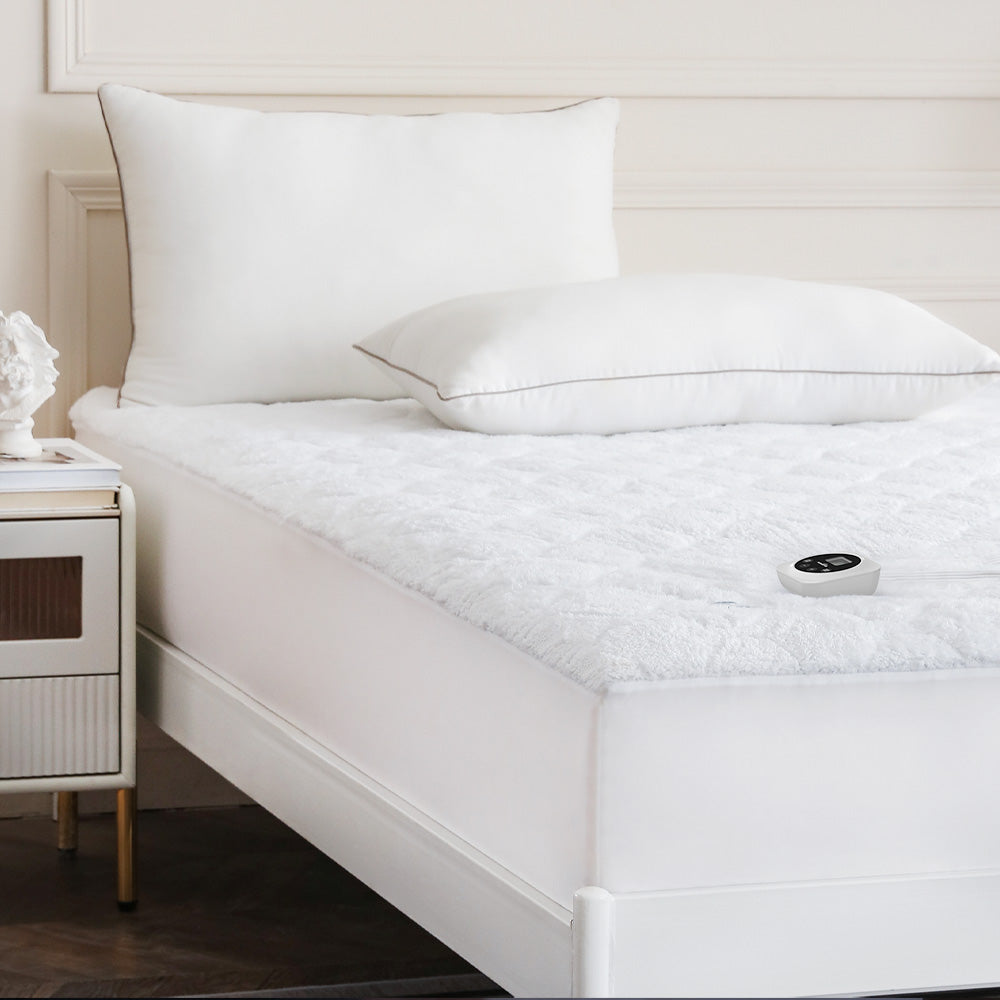

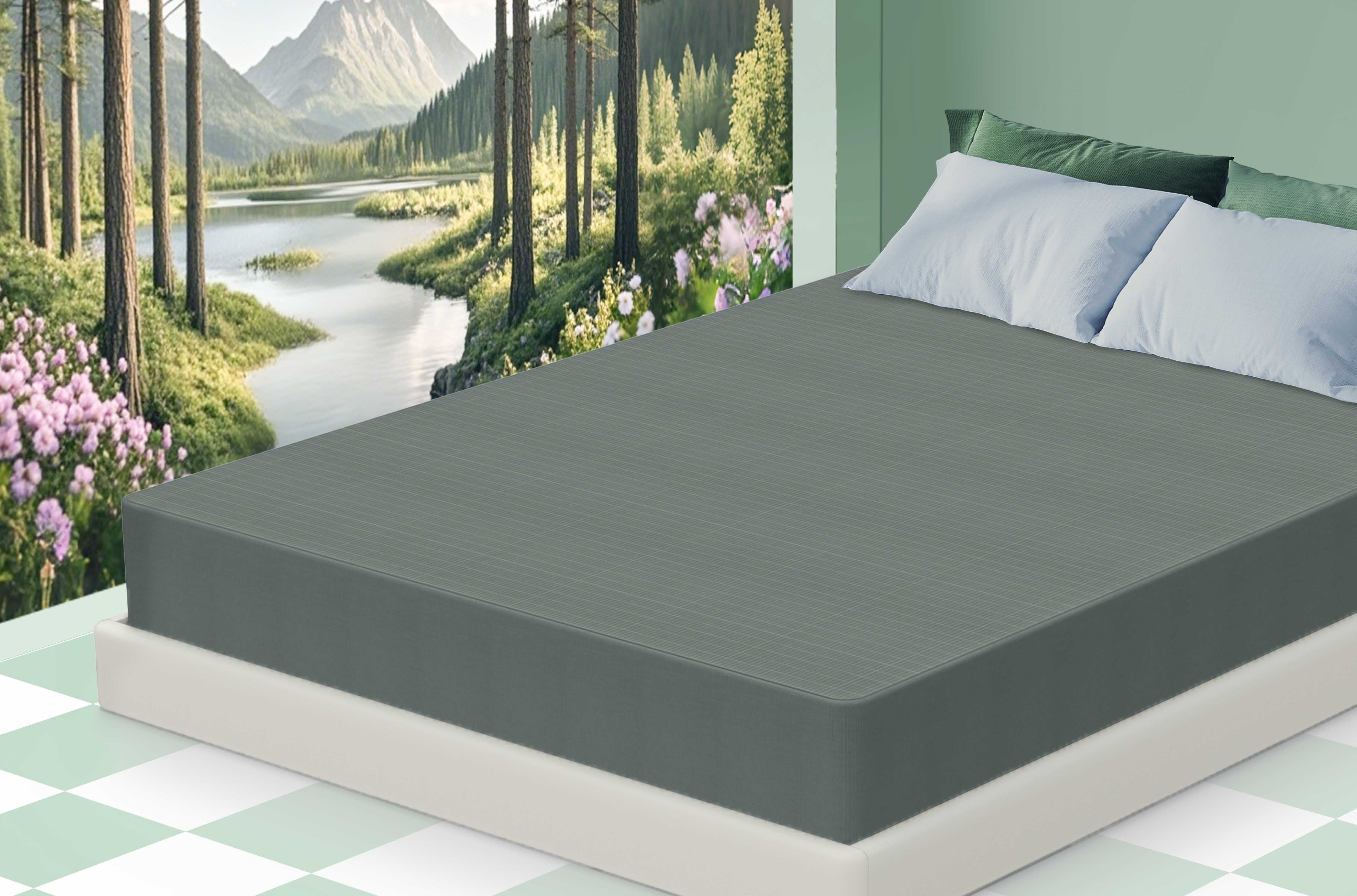

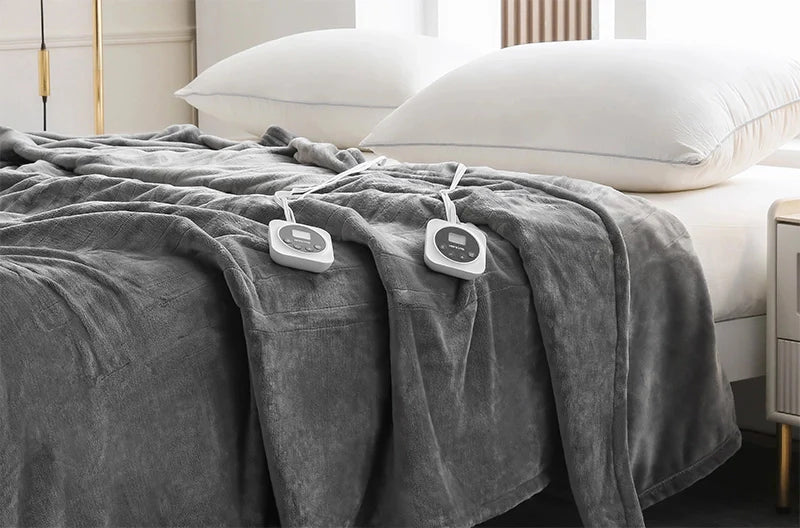
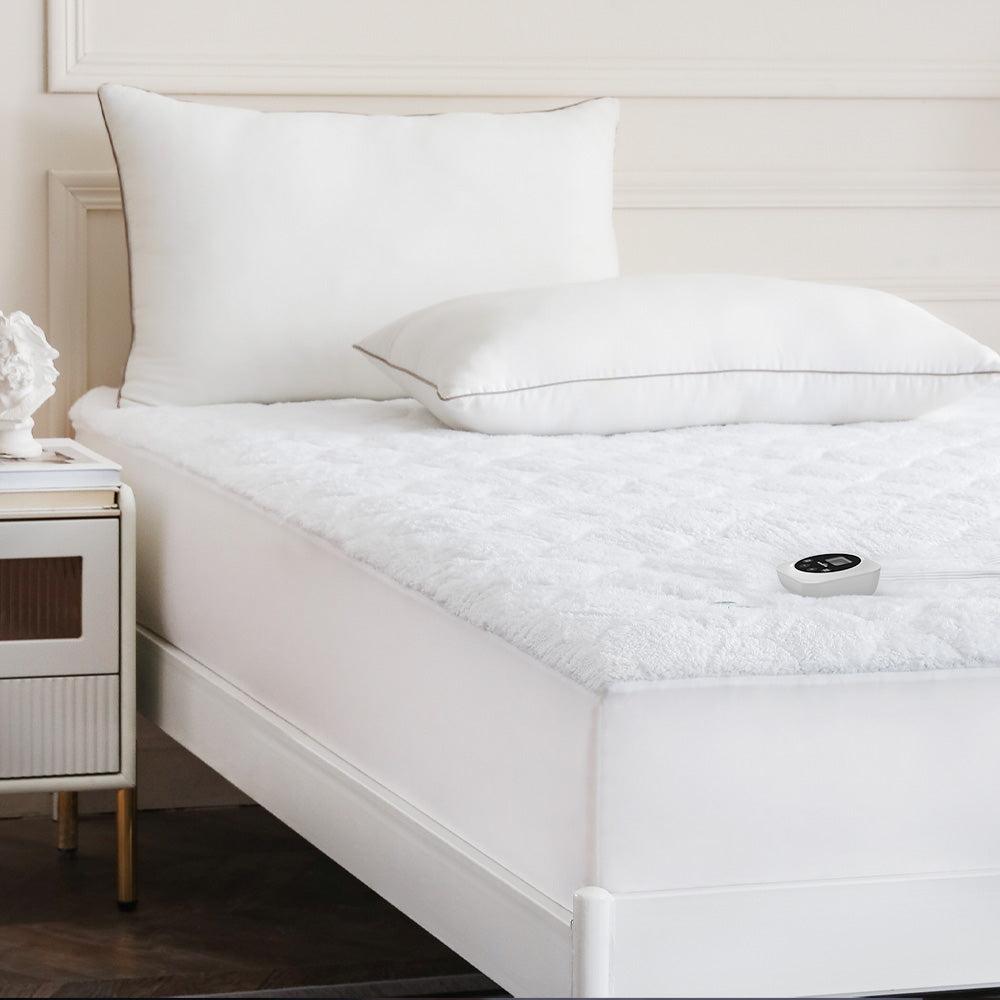

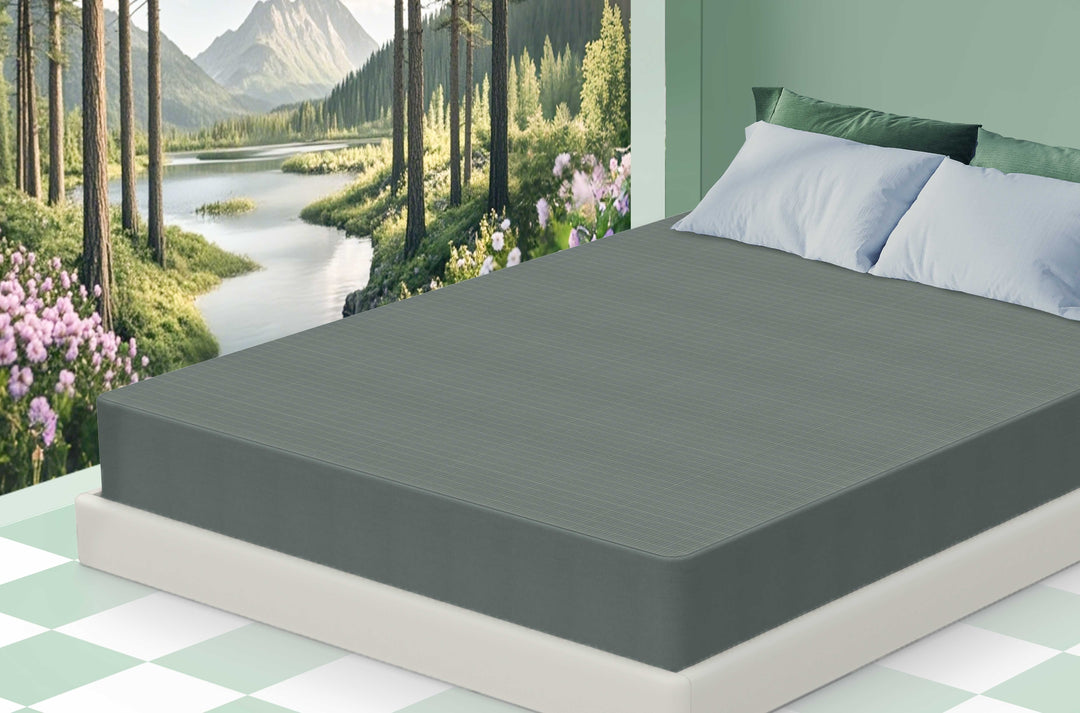



Leave a comment